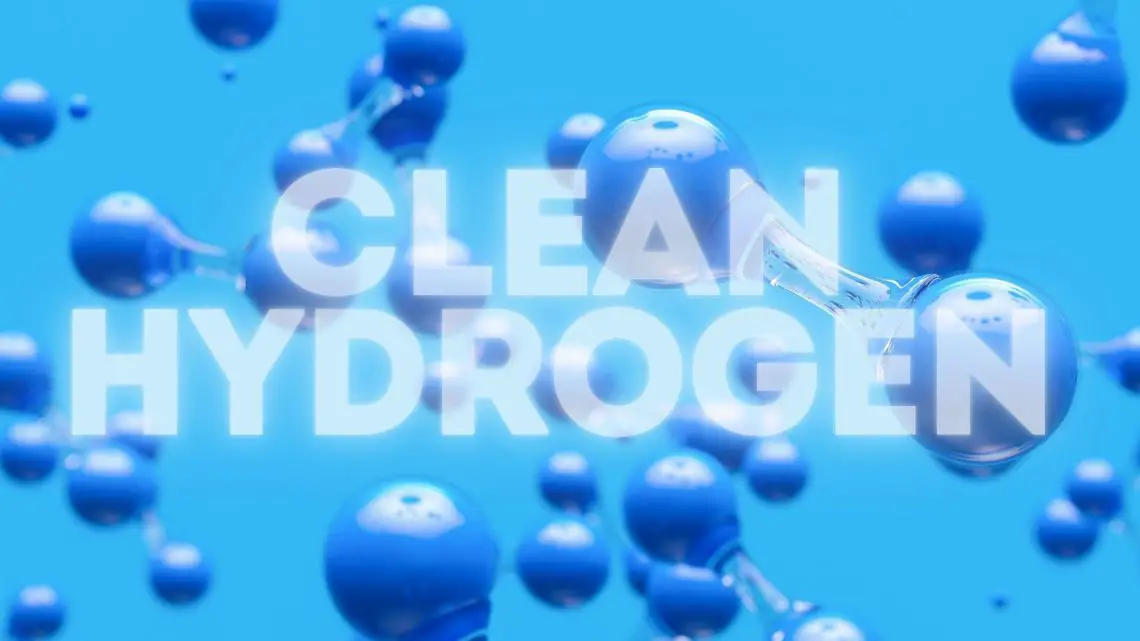
Harnessing the Atom: A New Era for Clean Hydrogen Production
September 26, 2024In a groundbreaking study, experts from the National Nuclear Laboratory (NNL) have unveiled a promising vision for the future of clean energy. Their research, published in the journal New Energy Exploitation and Application, explores using nuclear power to produce hydrogen, positioning it as a key player in achieving the UK’s net zero emissions target by 2050. This innovative approach not only promises economic viability but also underscores the role of nuclear energy as a sustainable, low-carbon power source.
The Clean Hydrogen Revolution
Hydrogen is increasingly being recognized as a versatile energy carrier crucial for a sustainable future. However, its production has traditionally been associated with significant carbon emissions, especially when derived from fossil fuels. Enter nuclear energy, a game-changer in the realm of clean hydrogen production. By harnessing the heat and electricity generated by nuclear reactors, hydrogen can be produced with minimal carbon footprint, aligning with global efforts to curb climate changev.
According to the NNL report, the integration of nuclear power with hydrogen production technologies such as high temperature steam electrolysis and thermochemical cycles presents a viable low-carbon alternative. These methods, which require heat and/or electricity, benefit immensely from the stable and high-capacity output of nuclear reactors, reducing reliance on intermittent renewable sources.
Techno-Economic Insights
The research team, led by Mark Bankhead and Kate Taylor, developed a sophisticated mathematical model to evaluate the techno-economic performance of nuclear-coupled hydrogen production. This model allowed for a detailed analysis of efficiency and cost, providing a comprehensive overview of different production scenarios. The findings are encouraging: high temperature steam electrolysis, when paired with a high temperature gas reactor, could produce hydrogen at a cost ranging from £1.24 to £2.14 per kilogram. In comparison, the thermochemical cycle offers a potential cost of £0.89 to £2.88 per kilogram.
These figures highlight the competitive edge of nuclear energy in producing hydrogen, especially when juxtaposed with other low-carbon technologies. Importantly, the model also predicts improvements in hydrogen-producing technologies and nuclear reactor designs, further enhancing efficiency and driving down costs over time.
Advantages of Nuclear-Powered Hydrogen
Beyond economic considerations, the strategic coupling of nuclear power with hydrogen production offers several compelling advantages. Nuclear reactors provide a reliable, non-intermittent energy supply, eliminating the need for extensive buffer storage of hydrogen. This reliability, combined with the high capacity of nuclear plants, ensures a consistent and scalable hydrogen production process.
Additionally, siting flexibility allows nuclear hydrogen plants to be located closer to industrial hydrogen consumers, reducing transportation costs and logistical challenges. As the UK gears up to demonstrate a high temperature gas reactor by the 2030s, these advantages position nuclear energy as a pivotal component of the nation’s clean energy strategy.
Is Hydrogen Production Using Nuclear Energy Really Clean?
Yes, hydrogen produced using nuclear energy is often considered “clean hydrogen,” particularly when compared to hydrogen produced from fossil fuels. Here’s why:
-
Low Carbon Emissions: Nuclear energy is a low-carbon power source, meaning that the process of generating electricity or heat from nuclear reactors emits very little carbon dioxide compared to fossil fuels. When this energy is used to produce hydrogen, the overall carbon footprint is significantly reduced.
-
Sustainability: Nuclear power provides a stable and reliable energy supply, which can support continuous hydrogen production without the variability associated with some renewable sources like wind or solar.
-
Net Zero Goals: Using nuclear energy for hydrogen production aligns with efforts to achieve net zero emissions, as it helps reduce reliance on carbon-intensive energy sources.
While nuclear energy itself has challenges, such as waste management and public perception, its use in hydrogen production is generally seen as a cleaner alternative to traditional methods like steam methane reforming, which relies on natural gas and emits significant CO2.
Future Prospects and Challenges
While the prospects for nuclear-powered hydrogen are promising, challenges remain. The development and deployment of advanced nuclear technologies require significant investment and public acceptance. Addressing concerns related to nuclear waste management and ensuring the safety of nuclear operations are paramount.
Nevertheless, the NNL report underscores a clear pathway towards a sustainable energy future. By leveraging nuclear energy for hydrogen production, the UK could significantly reduce its carbon emissions, paving the way for a cleaner, greener economy.
Conclusion
As the world faces the urgent need to transition to cleaner energy sources, the integration of nuclear power with hydrogen production represents a forward-thinking solution. The insights from the National Nuclear Laboratory’s research offer a glimpse into a future where nuclear energy not only powers our homes but also fuels our industries with clean hydrogen, setting a precedent for other nations to follow.
In this new era, the atom might just hold the key to unlocking a sustainable energy future, aligning innovation with the imperative of environmental stewardship.



 With over 15 years of reporting hydrogen news, we are your premier source for the latest updates and insights in hydrogen and renewable energy.
With over 15 years of reporting hydrogen news, we are your premier source for the latest updates and insights in hydrogen and renewable energy.
The article failed to mention what the comparative cost of Hyddrogen to present day production is.
Also, did not talk about how some MSR initiatives are getting close to commercial deployment and how practical and safe these technologiies are. I recommend that you check out terrestrialenergy.com for their offering.
Will the Hydrogen produced carry any radioactivity?